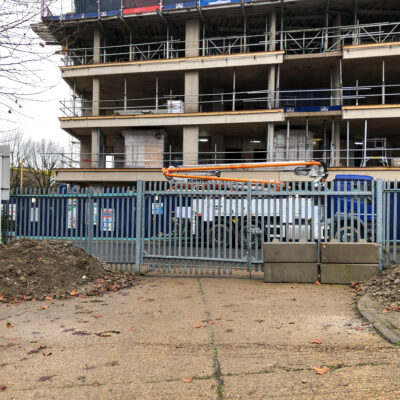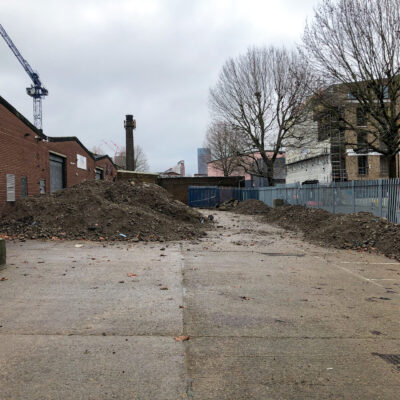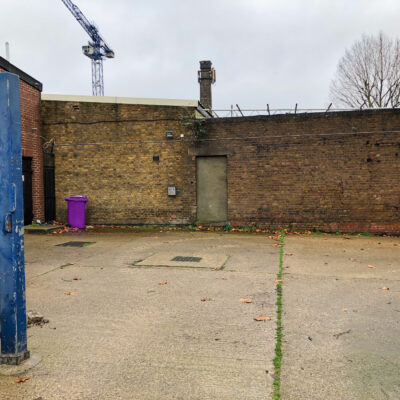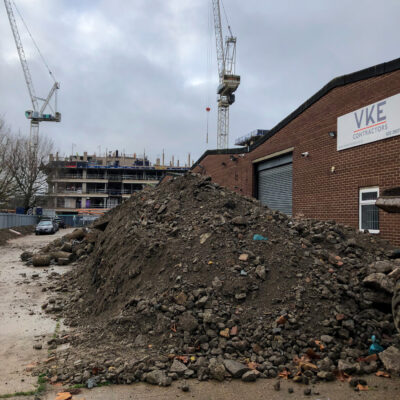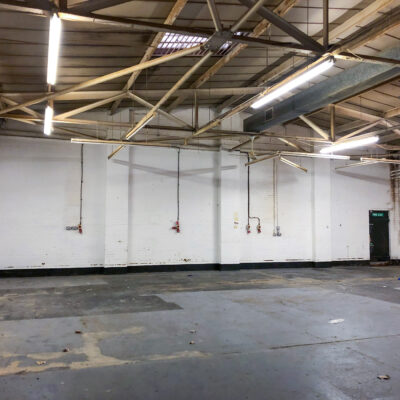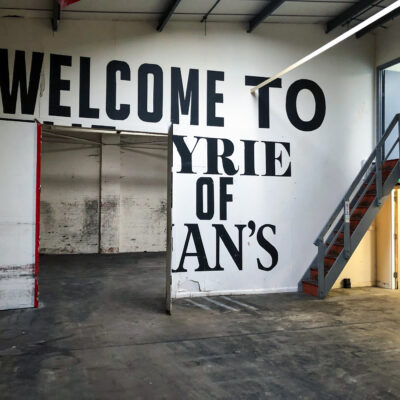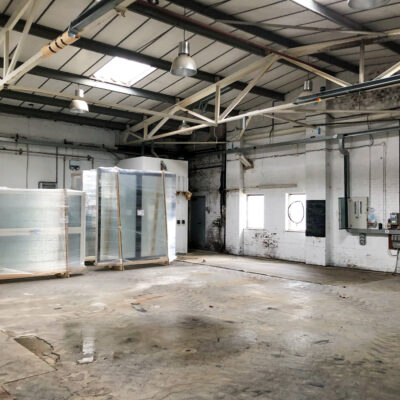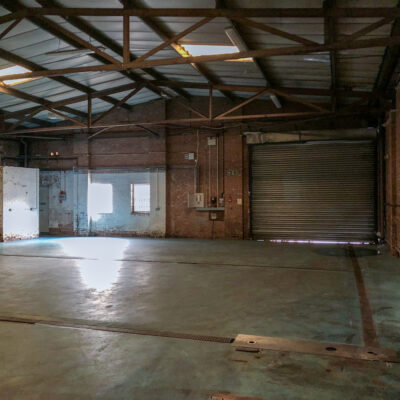Archaeological Field Evaluation, Hackney Wick, London
This area of former marshland fringing the River Lea began to industrialise following the arrival first of the Hertford Union Canal in 1830 and then in 1847 the opening of rail services.
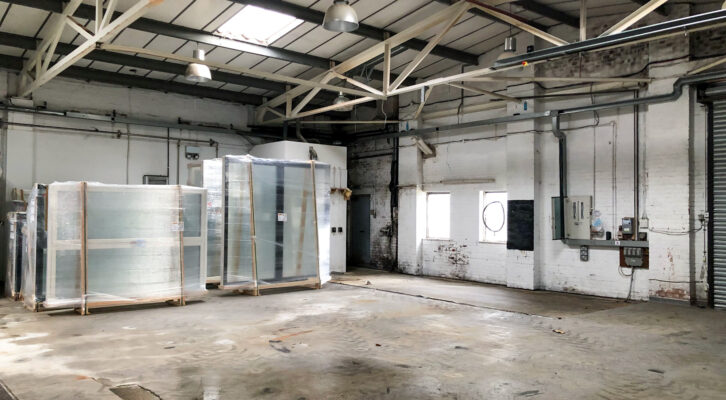
In Brief
Key Points
- Redevelopment of former brewery site
- Replacement of low-rise industrial units with multi-storey building (commercial space and student accommodation)
- ‘Fish Island’ industrial quarter (factories, wharves and timber yards) laid out from the 1870s
- Tower Hamlets Archaeological Priority Area (Roman settlement & River Lea crossing)
- Deep excavation - trenches stepped to c.4mbgl (1.86m AOD)
Summary
It was known that the Romans were active in the area and followed earlier prehistoric hunter/gatherers and later Bronze Age and Iron Age settlers. The Romans established a significant roadside settlement which was occupied from the 1st-2nd to 4th century AD, with evidence of a timber jetty or bridge revealed where the London to Colchester road crossed the river at Old Ford.
The aim of the investigation was to reach a depth sufficient to establish the presence of archaeological remains and to identify several water channels recorded on early Ordnance Survey maps and evidence of the former Broadwood’s Piano Factory of 1902.
The site was challenging logistically, with four trenches excavated inside the existing building and two in a yard area. Up to 3m of made ground was anticipated to overlie the alluvial deposits and the investigation depth was consistent with this figure, reaching a final trench depth of 4m below ground level.
The few structural remnants of the former Piano Factory found were left in place but no archaeological features or deposits predating the 19th century were encountered, suggesting the immediate area may have been peripheral to earlier settlement.
Results
The results of the investigation confirmed that there were no features or deposits of archaeological interest within the site and development proceeded.

